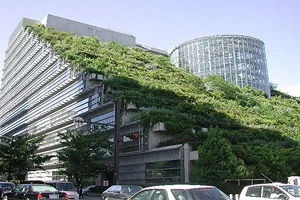

1.Roof Garden Waterproofing – importance
Roof garden waterproofing is the process of making the surface of a roof garden resistant to water infiltration. It involves applying a specialized coating or membrane to the surface of the roof garden to prevent water from seeping into the underlying structure. The goal of roof garden waterproofing is to protect the building from water damage, promote the longevity of the garden, improve energy efficiency, and ensure the health and safety of building occupants. Some of the important reasons why waterproofing a roof garden is essential:
- Protection from water damage: Waterproofing prevents water from seeping into the roof structure and causing damage to the building’s interior.
- Health and safety: Water damage can lead to the growth of mold and mildew, which can be hazardous to human health. Proper waterproofing can prevent the growth of these harmful substances and ensure the health and safety of building occupants.
- Increased property value: A well-maintained and waterproofed roof garden can increase the value of a property, making it more attractive to potential buyers or tenants.
- Environmental benefits: A waterproofed roof garden can help to reduce stormwater runoff and improve the overall environmental sustainability of the building.
2. available system for Roof Garden Waterproofing
There are several systems available for roof garden waterproofing, including:
- Bituminous membrane system: This system involves applying a multi-layered bitumen-based membrane to the roof surface, which provides excellent waterproofing and durability.
- Liquid-applied membrane system: This system involves applying a liquid waterproofing material to the roof surface, which forms a seamless and durable membrane that is resistant to water and UV rays.
- PVC or TPO membrane system: These systems involve using a synthetic membrane made of PVC or TPO material that is heat-welded to form a waterproof layer on the roof surface.
- Green roof system: This system involves installing a layer of vegetation on top of a waterproof membrane to create a green roof. The vegetation helps to absorb rainwater, reduce runoff, and provide insulation.
- EPDM (ethylene propylene diene monomer) membrane can be used for roof garden waterproofing. EPDM is a synthetic rubber material that is highly resistant to UV rays, ozone, and extreme temperatures, making it an ideal choice for outdoor applications such as roof gardens. EPDM membrane is available in large sheets that can be easily installed on the roof surface, providing a seamless and durable waterproofing layer. Additionally, EPDM membrane is lightweight, flexible, and easy to maintain, which makes it a cost-effective and long-lasting option for roof garden waterproofing. However, it’s important to ensure that the EPDM membrane is installed properly by a professional to prevent any leaks or water infiltration.
The choice of the system depends on factors such as the roof design, climate, budget, and intended use of the roof garden. It’s essential to consult with a professional waterproofing contractor to determine the most suitable system for your roof garden.
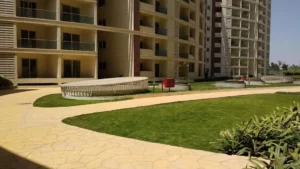

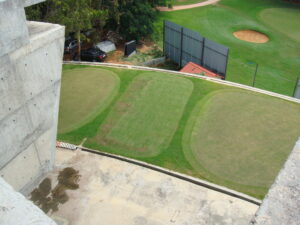

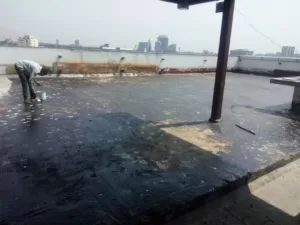

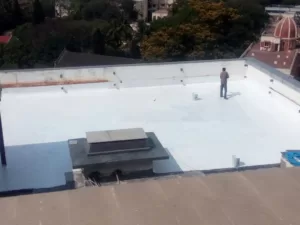

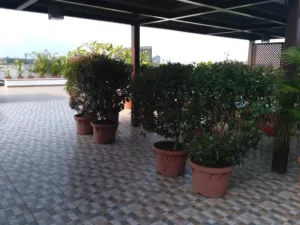

3. selection of Roof Garden Waterproofing
The selection of a roof garden waterproofing system depends on several factors, including:
- Climate: The local climate can affect the type of waterproofing system used. For example, areas with high rainfall may require a more robust waterproofing system than areas with low rainfall.
- Roof design: The design of the roof can also affect the choice of waterproofing system. Some systems may not be suitable for certain roof designs or shapes.
- Intended use: The intended use of the roof garden can also affect the choice of waterproofing system. A roof garden used for intensive gardening or social events may require a more durable and robust system than a roof garden used for passive enjoyment.
- Budget: The available budget is also a crucial factor in selecting a roof garden waterproofing system. Some systems may be more expensive than others, and the budget may dictate which system is selected.
- Durability: The expected lifespan of the waterproofing system is also an essential consideration. Some systems may require more frequent maintenance or replacement than others.
- Environmental impact: The environmental impact of the waterproofing system is also an important factor. Systems that are more environmentally friendly and sustainable may be preferred over less sustainable options.
It’s important to consult with a professional waterproofing contractor to determine the most suitable system for your roof garden, based on these and other relevant factors.
GEOLIZ WATERPROOFERS PVT. LTD.
Waterproofing Products & Services Guide
For details on other waterproofing products & Services
